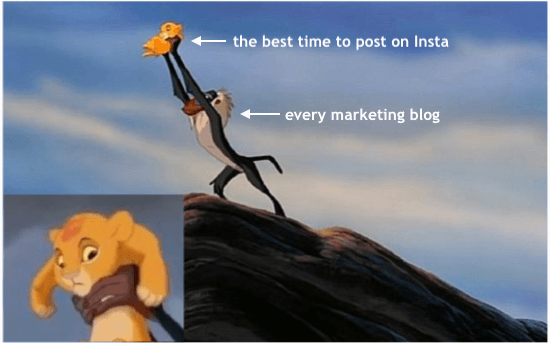
With golf’s upcoming Open Championship taking place this weekend, organiser The R&A will transform The Open’s website into a fully interactive live mode, enabling its millions of global fans to engage in real time; through live scoring, live action, an on-demand video hub, player tracking and dynamic data feeds. This direct-to-fan offer gives the Open fans unprecedented access of the event, designed to work in harmony with the live TV coverage, or as the primary channel to follow the action.
As we’ve recently seen with Matchroom boxing’s strategic move away from Sky Sports in favour of OTT platform DAZN, there is a developing trend towards digital-first subscription and pay-per-view models. These allow the rights owners to maximise value beyond traditional broadcast rights deals. Such models open-up a greater opportunity to build direct relationships with global audiences, delivering as they do far richer and more immersive experiences of live sport, using augmented reality (AR), personalisation, interactive participation and gamification.
The digital pivot
For sports teams and competition owners defining a differentiating purpose for your own platform can be challenging with so much on offer elsewhere. It’s often why we see these brands create exclusive behind-the-scenes content, host online events with their sports’ stars, or offer additional layers of content during live events. These tactics can also be used, not just to attract fan traffic, but to drive towards registered membership and database growth.
Unrvld is the successful merger of Kagool and Delete, two award-winning digital agencies famous for their work with leading brands including The Open, Barratt Homes, Biffa, Southampton FC, Mcarthy Stone and NTT. Unrvld has been designed to support clients’ accelerating demands for hyper-relevant, digital-first experiences at scale, and to ensure they remain first in their categories. For further information visit us at www.unrvld.com and register for our upcoming event here.
The expectation of what live sport actually is, is shifting to a new normal.
Digitally enhanced live-action
Over the last 18 months the pandemic has forced sports organisations across the globe to pivot in a digital-first direction, seeking new ways to bring fans closer to the action through technology; so much so, it raises the question of whether the notion of ‘being there’ in-person is starting to become an inferior experience to the multidimensional digital alternative.
Racing brand Formula E takes this approach a step further by fusing the digital fan experience of its race day with the actual race itself – allowing members to access ‘Fan Boost’ functionality through its website and app, which through fan interaction affects the actual performance of the drivers and vehicles in the race. Whilst it might be a stretch to believe football would adopt this level of digital disruption today, it’s certainly not something that can be ruled out, as competition owners and sports brands look to future-proof their product for the digital first world.
As the dust settles on the abandoned European Super League revolt, Tom Dougherty, MD at Unrvld, a new digital agency, predicts this won’t be the last time we see major sports brands attempt to go OTT.
The battleground for fan attention
For the tournament’s commercial partners like Rolex and Mastercard, whose association would previously have been quantified by the amount of on-TV brand presence, there is now a host of new digital properties from which to gain greater reach and deeper fan connection. This, of course, creates new revenue streams for the rights holders themselves. According to PWC Sports Industry Survey, 82.9% of respondents identified the creation and monetisation of digital assets as one of the top opportunities to grow revenues in sports.
The proposed European Super League was the most significant attempt to date by a major sports brand seeking to create a direct-to-fan offering for its product, and it won’t be the last. The commercial attraction is growing for clubs and brands to push beyond the stranglehold of the broadcasters.
For sports teams, clubs and rights holders the owned digital platforms enable a better-than-ever opportunity to scale their reach beyond the attending fan or ‘legacy fans’ to the millions more, worldwide. This is where the real fan growth lies and is the reason many of these brands are architecting innovative rights, and sponsorship deals that enable them to increase the value of their content, beyond the broadcasters.
As more channels launch – and new players and platforms come into the market – the attraction of sport sponsorship has never been greater for brands. Of course, this means the competition for the fan’s attention is ever increasing and in turn is marking a clear end to the notion of ‘fan ownership’, which was once an obsession for many sports brands. It’s now about recognising you are part of the ecosystem of fan engagement, and ensuring that as a brand, you have a purpose and a role to play is critical to success.






